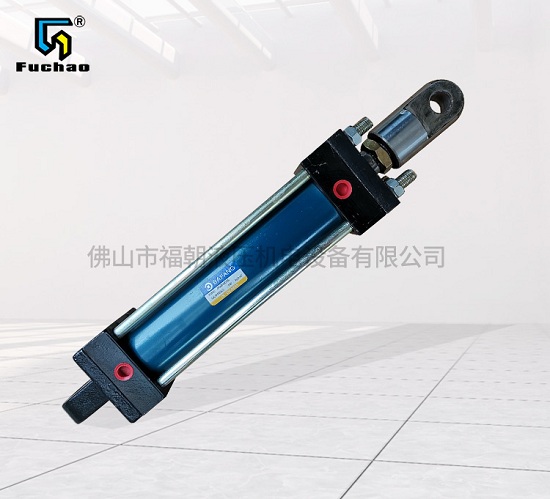Oil cylinder is a kind of hydraulic component commonly used in industrial production, which is used to convert hydraulic energy into mechanical energy or perform actions.
The selection of suitable materials plays a vital role in the performance and life of the oil cylinder.
Therefore, there are many factors to consider when selecting cylinder materials. The following are Oil cylinder manufacturer Principles generally followed:
1. Wear resistance:
During operation, the oil cylinder will be subject to friction between hydraulic oil and piston movement,
Therefore, it is necessary to select materials with good wear resistance, such as alloy steel with surface treatment or steel with special surface treatment.
2. Corrosion resistance:
Hydraulic system The hydraulic oil used in is often corrosive,
Therefore, the oil cylinder needs to be made of materials that can resist corrosion, such as stainless steel or chrome steel.

3. Strength and rigidity:
The oil cylinder needs to be able to withstand greater working pressure and load,
Therefore, it is necessary to select materials with sufficient strength and rigidity, such as high-strength alloy steel or engineering plastics.
4. Processing performance:
The manufacturing of oil cylinder requires professional processing technology,
Therefore, it is necessary to select materials that are easy to process, such as aluminum alloy or engineering plastics.
5. Sealing performance:
The oil cylinder shall have good sealing performance to ensure no leakage of hydraulic oil,
Therefore, it is necessary to select materials with good sealing performance, such as rubber sealing ring or coating.
In conclusion, when selecting materials, the oil cylinder manufacturer needs to comprehensively consider such factors as wear resistance, corrosion resistance, strength and rigidity, processing performance and sealing performance to ensure that the oil cylinder has good performance and stable working life. By reasonably selecting materials, the reliability and service life of the oil cylinder can be improved, and the maintenance cost and failure risk can be reduced at the same time.



